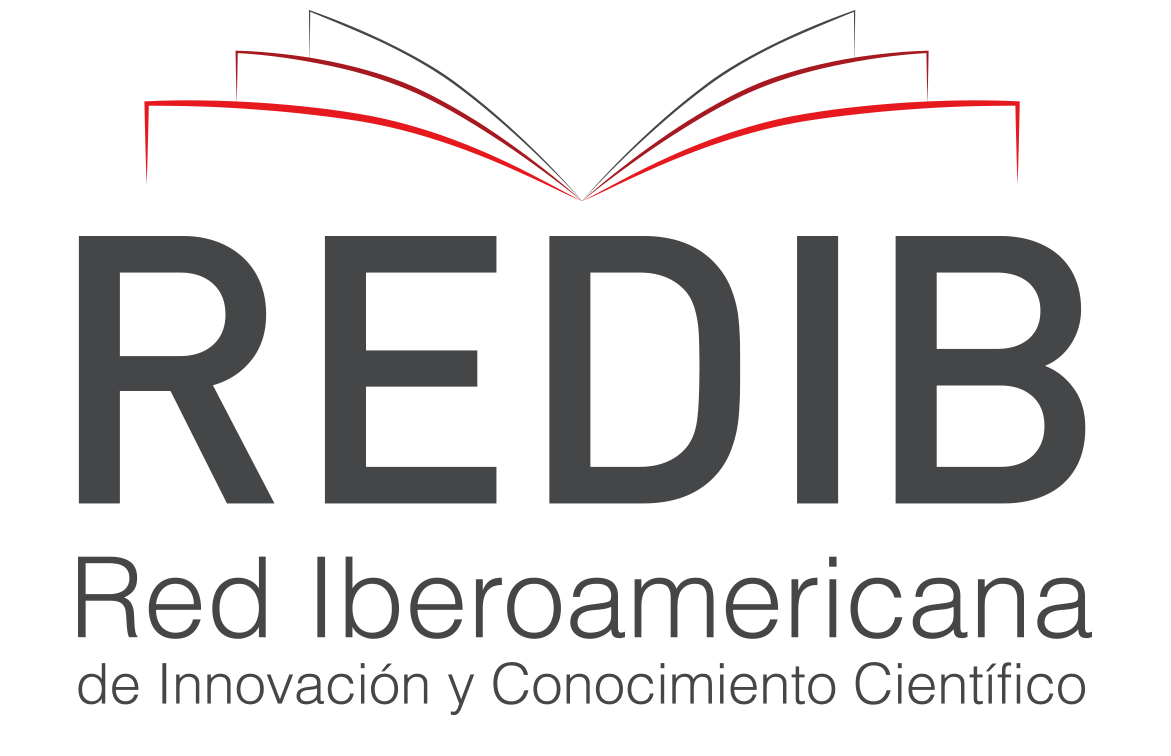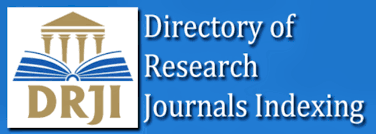APRENDIZAGEM DE LÍNGUAS ESTRANGEIRAS: ESTRATÉGIAS PARA QUE OS PROFESSORES MOTIVEM OS ALUNOS
Palavras-chave:
estratégias, professor, motivação, alunoResumo
O propósito deste artigo é de explorar a literatura sobre motivação na aprendizagem de línguas estrangeiras. Tem como objectivo propor estratégias para que os professores motivem os alunos a participarem activamente nas actividades de aprendizagem em sala de aula, a fim de estimular os alunos a levarem a sua aprendizagem mais a sério e a consciencializar os professores sobre a importância de motivar os alunos. Com base nisso, acredita-se amplamente que, entre outras diferenças individuais na aprendizagem de línguas estrangeiras (personalidade, aptitude, estilo de aprendizagem etc.), a motivação é um fenómeno complexo de lidar. Quando as pessoas desejam aprender uma língua, elas se envolvem em uma comunidade de forma mais eficaz. Além disso, eles se sentem mais seguros. Além disso, sintetiza as conclusões extraídas da literatura sobre motivação realizada para identificar estratégias adequadas a serem utilizadas pelos professores em sala de aula.
Referências
Crookes, G and Schmidt, R. (1991). Motivation: ´Reopening the Research Agenda´. Language Michigan University America.
Deci, E. L., and M. R. Ryan (1985), intrinsic motivation and self-determination in human behavior. Plenum Press.
Dörnyei, Z. (2005). The psychology of the language learner: individual differences in second language acquisition. Mahwah, NJ: Lawrence Erlbaum.
Dörnyei, Z. (2009). the L2 motivational self-system. Motivation, language identity and the L2 self, 36 (3), 9-11.
Dörnyei, Z. (2014). Motivation in second language. In Celce-Murcia, M., Brinton, D., & snow, M. A. (Eds.). teaching English as a second or foreign language (4th ed.) (pp. 518-513). Boston: National geographic learning.
Eccles, J. S., and Wigfield, A. (2002). Motivational beliefs, values, and goals. Annual review of Psychology, 53, 109-132.
Gardner, R. C. (1985). Social psychology and second language learning: the role of attitudes and motivation. London: Edward Arnold.
Gass, S. M., Behney. J., and Plonsky. L. (5thed), (2020). Second language acquisition: An introductory course. New York, NY. Routledge.
Kirondo, Y. A. (2014). Strategies Employed by Teachers to Motivate in Kinondoni Municipality
Leaper, C. (2011). More similarities than differences in contemporary theories of social development?: A plea for theory bridging. Advances in child development and behavior, 40, 337-378…
Lightbrown, P. M and Spada, N. (2006). How languages are learned (3rd Edition): Oxford Handbook for Language Teachers.
Noels, K. A. (2023). Self-determination theory and language learning.
Rosenzweing, E. Q., wigfield, A., and Eccles, J. S. (2019). Expectancy-Value Theory and its relevance for student motivation and learning.
Ryan, R. M., and Deci, E. L. (2000). Self-determination theory and the facilitation of intrinsic motivation, social development, and well-being. American psychologist, 55 (1), 68.
Ur, P. (2012) A Course in language teaching: practice and theory. Second Re Edition. Cambridge university press. Cambridge.
Wigfield, A., and Eccles, J. S. (2001). The development of competence beliefs, expectancies for success, and achievement values from childhood through adolescence.
In A. Wigfield and J. S. Eccles (Eds.), Development of achievement motivation (pp.91.120). san Diego. CA: Academic Press.
Yilmaz, E., Mehmet, S., and Mehmet, T. (2017). Variables Affecting Student Motivation based on Academic Publications. Journal of Education and practice. Vol. 8, No. 12:112-120.
Downloads
Publicado
Como Citar
Edição
Secção
Licença
Direitos de Autor (c) 2025 Rufina Graciano

Este trabalho encontra-se publicado com a Licença Internacional Creative Commons Atribuição-NãoComercial-CompartilhaIgual 4.0.

























